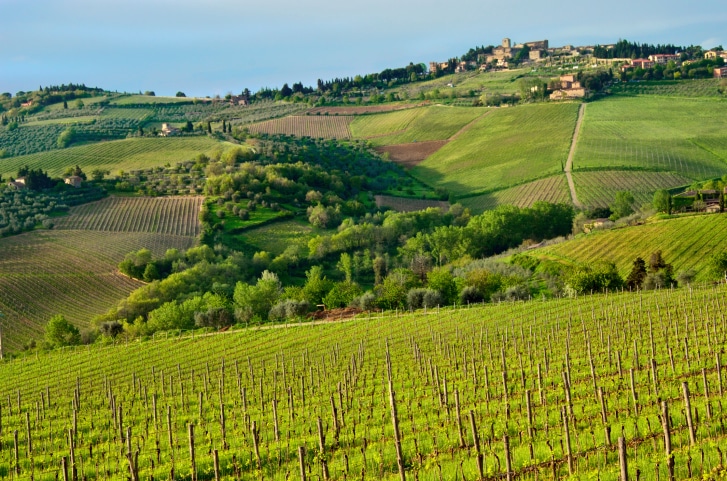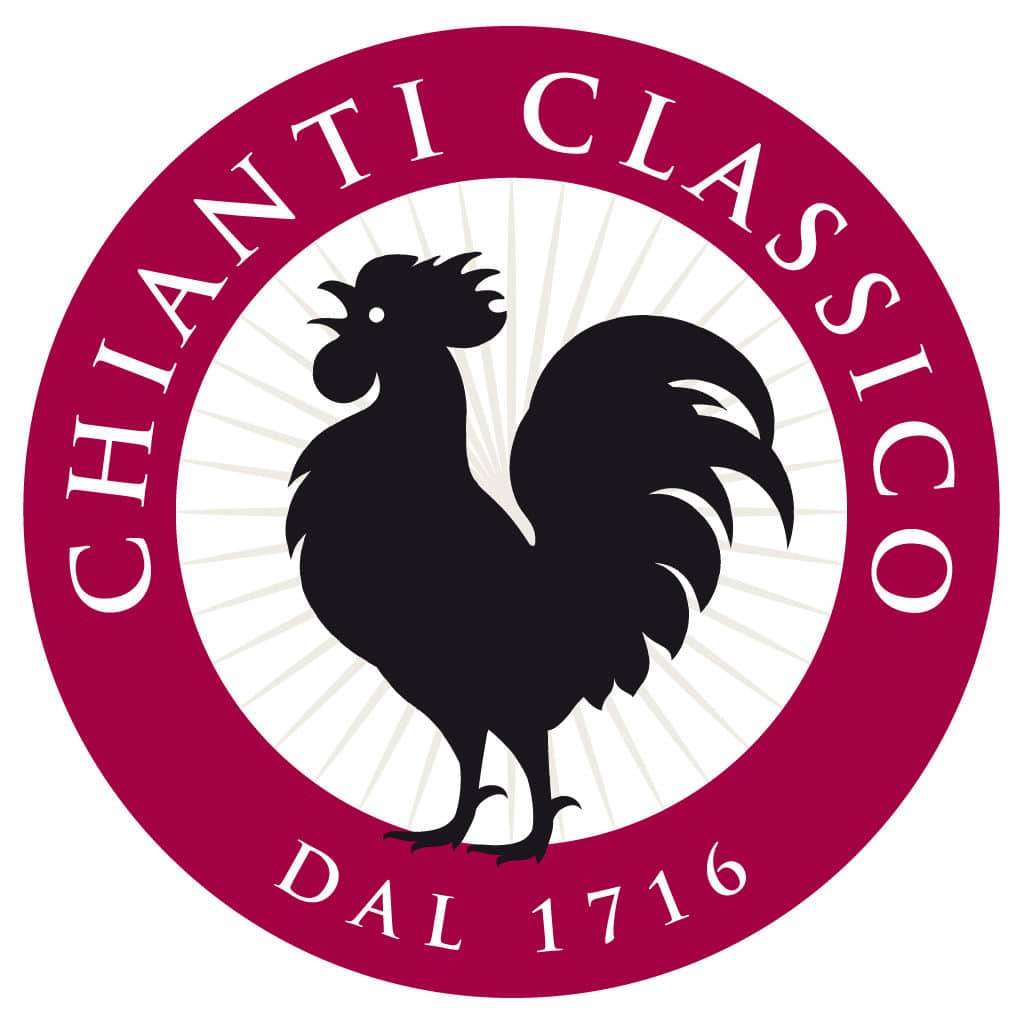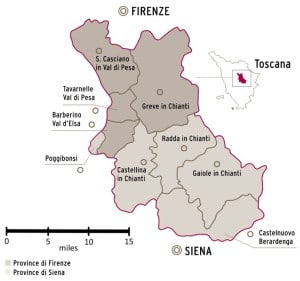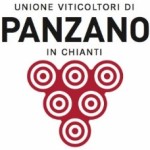Search
Menu

 Fresh from creating a new quality level (gran selezione) for their wines, the producers of Chianti Classico are now contemplating another way to distinguish the best of their wines from the rest of the pack. Taking a cue from Barolo, Barbaresco, and a few other regions, Chianti Classico is thinking about adding menzioni geografiche aggiuntive to its labeling options.
Fresh from creating a new quality level (gran selezione) for their wines, the producers of Chianti Classico are now contemplating another way to distinguish the best of their wines from the rest of the pack. Taking a cue from Barolo, Barbaresco, and a few other regions, Chianti Classico is thinking about adding menzioni geografiche aggiuntive to its labeling options.
 Although often equated to crus in Burgundy, Italians use the term menzioni geografiche more specifically to mean place-names based on historical or traditional usage and topographical factors that identify distinct wine-producing zones within a denomination. In some cases, this analogy fits better with the idea of lieux-dits in France, but it is tricky to compare these terms across country borders due to different outlooks on historical and political aspects, as well as the obvious geographical differences. Better to try to understand menzioni from the Italian perspective. They can range in size from an entire commune to a frazione (an isolated community within the boundaries of a commune) to just a few vineyards. The Chianti Classico consorzio will be discussing how this concept applies to their area later in the year.
Although often equated to crus in Burgundy, Italians use the term menzioni geografiche more specifically to mean place-names based on historical or traditional usage and topographical factors that identify distinct wine-producing zones within a denomination. In some cases, this analogy fits better with the idea of lieux-dits in France, but it is tricky to compare these terms across country borders due to different outlooks on historical and political aspects, as well as the obvious geographical differences. Better to try to understand menzioni from the Italian perspective. They can range in size from an entire commune to a frazione (an isolated community within the boundaries of a commune) to just a few vineyards. The Chianti Classico consorzio will be discussing how this concept applies to their area later in the year.
According to the consorzio’s marketing and communication manager Silvia Fiorentini, a likely outcome could be a dozen or so menzioni, which would be far fewer than the number in Barolo or even Barbaresco. If so, they will necessarily be much larger areas than those in Piemonte, probably comprising the nine communes that are entirely or partially within the Chianti Classico denomination, along with a few well established smaller areas—Panzano and Lamole being the ones that jump to mind. It is also possible that the use of menzioni on labels will be restricted to wines at the gran selezione level, thereby tying together the estate-grown aspect of gran selezione with an indication of where that estate is.
 Not waiting for this denomination-wide movement to work its way through the process, Panzano (aka Panzano in Chianti) has taken the lead in identifying itself to consumers on labels and established the Unione Viticoltori di Panzano in Chianti. Panzano is a frazione of the commune of Greve in Chianti with about a thousand inhabitants. It is located near the center of Chianti Classico and has some of the highest elevations, steepest slopes, and rockiest soils of anyplace in the denomination. The 22 producer-bottlers in Panzano have a reputation for exceptional quality and have banded together as a union to push for the idea of small-area zones within Chianti Classico. They have managed to gain approval for their own symbol on the label to indicate wines grown, made, aged, and bottled within the frazione.
Not waiting for this denomination-wide movement to work its way through the process, Panzano (aka Panzano in Chianti) has taken the lead in identifying itself to consumers on labels and established the Unione Viticoltori di Panzano in Chianti. Panzano is a frazione of the commune of Greve in Chianti with about a thousand inhabitants. It is located near the center of Chianti Classico and has some of the highest elevations, steepest slopes, and rockiest soils of anyplace in the denomination. The 22 producer-bottlers in Panzano have a reputation for exceptional quality and have banded together as a union to push for the idea of small-area zones within Chianti Classico. They have managed to gain approval for their own symbol on the label to indicate wines grown, made, aged, and bottled within the frazione.
And speaking of labels, it is worth noting that the Black Rooster is now mandatory on all Chianti Classico bottles. Normally found on the neck of the bottle, the Gallo Nero or Black Rooster symbol (above) was originally a mark of the Chianti Classico consorzio and designated members of the consorzio from other Chianti Classico producers. However, in 2005, the consorzio ceded ownership of the symbol to the denomination as a whole. Beginning in 2013, the emblem became a requirement for all Chianti Classico bottles, whether the producers are consorzio members or not.